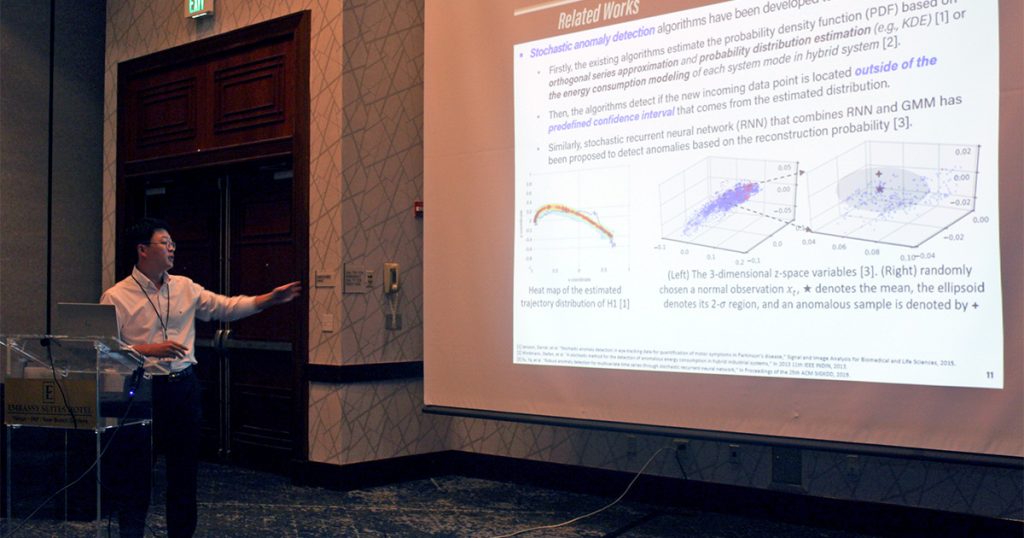Airport air traffic control systems are prime targets for cyberattacks. The revolutionary Automatic Dependent Surveillance–Broadcast (ADS-B) system that underpins modern aircraft tracking is priceless for reducing the risk of collisions as well as costs.
It is, however, also a vulnerability.
“Malicious cyberattacks can disrupt and deceive air traffic controllers, leading to severe safety issues such as fatal accidents and runway excursions,” writes Hong-Cheol Choi, a Purdue AAE graduate student. “An intentional cyberattack has the potential to mislead air traffic controllers into believing that a trailing aircraft is farther away than it actually is. This can lead to an aircraft landing on a runway that is already occupied, resulting in a potentially catastrophic collision.”
But Choi isn’t just complaining. He’s working on a solution. With AAE professor Inseok Hwang as his advisor, he just received funding from the Transportation Research Board (TRB) to find a software-based solution that could intelligently filter out these attacks.

